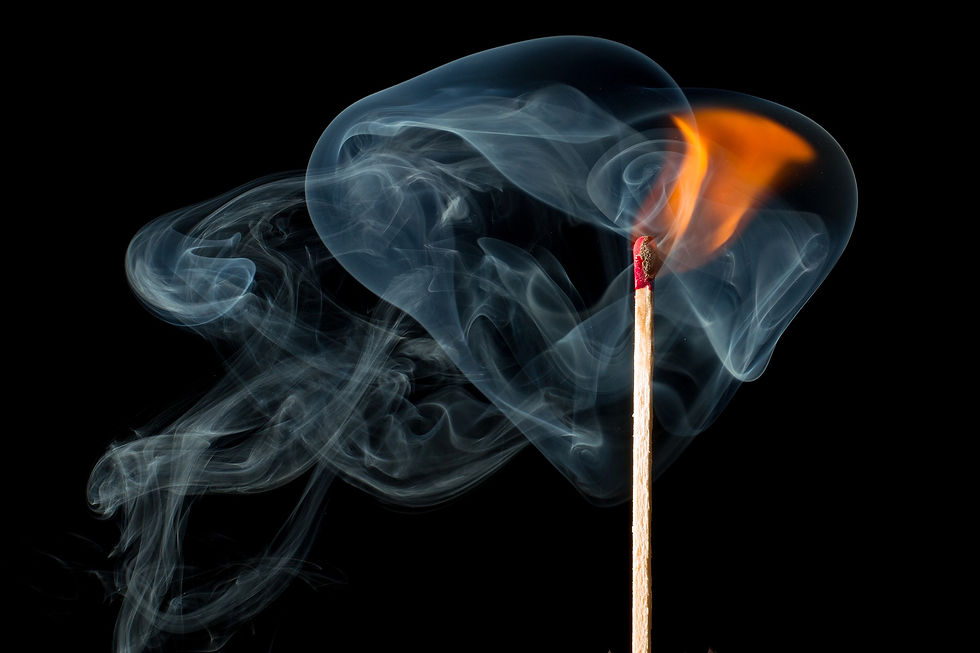Musings on Olympic Lifting
- Mike Schmidt
- Apr 7, 2020
- 2 min read
A well-performed snatch or clean and jerk is an impressive thing to watch. Head over to All Things Gym and watch slow-motion videos of elite weightlifters and you’ll see what I mean. It takes a great deal of work and discipline to develop the strength, power, and coordination necessary to do these lifts well. Olympic lifting requires a powerful extension through the ankle, knee, and hip, which is at the heart of athletic performance. It’s little wonder why these lifts have been a staple of many strength and conditioning programs…
…But they’re a little overrated.
Thankfully that statement isn’t quite the heresy it once was. Strength coaches are starting to step back from the dogma that surrounded Olympic lifting and are realizing that simpler alternatives like jumps and medicine ball throws can be as effective for some athletes. It’s easy to forget that lifting is only part of a sports training program, and proficiency in the weight room doesn’t automatically lead to athletic success. Competitive athletes don’t have the luxury to spend inordinate amounts of time trying to master a lift that doesn’t directly translate to their success on the field. Some athletes will pick up the skill easily, and some will struggle. If they’re struggling to learn a clean or snatch, how much time does a coach waste trying to teach the movement?
Even if Olympic lifts are eventually learned and performed at a high level it isn’t as if they’re a magical elixir that’s going to put an athlete over the top. The idea that Olympic lifts train full triple extension are one of their bigger selling points, but triple extension isn’t exclusive to cleans or snatches. Regressing the lift to a jump shrug or Olympic pull will achieve this as well. Several exercises like throwing a medicine ball backward overhead, swinging a kettle bell, and broad jumping also train triple extension and are easier to perform.
The most important thing to consider when selecting exercises for a training program is whether the chosen exercise is going help or hinder development. There’s nothing inherently special about cleans or snatches. In many cases throwing a med ball, jumping, sprinting, and sticking with the basic lifts is enough for an athlete. These movements are easier to learn and easier to manipulate to fit the needs of an athlete. In fact, it has been rumored a major reason cleans became a staple in United States weight rooms is because the USOC was tired of being dominated by the Soviets at the Olympics. As a result, the NSCA began instructing coaches to include cleans in their programs in hopes of developing a competitive weightlifting team. If true, it clearly didn’t work. One of many reasons Eastern Bloc nations had so much success was because they trained Weightlifting athletes rather than trying to make athletes weightlifters.
There are obvious benefits to Olympic lifting, but that doesn’t automatically mean they need to be included in every strength and conditioning program. There are many options that require less instruction and may be more relevant to an athlete’s sport. Weightlifting is only a piece of a bigger puzzle. An athlete has only so many resources to dedicate to skill development. We need to make sure they are aimed in the right direction.







Comments